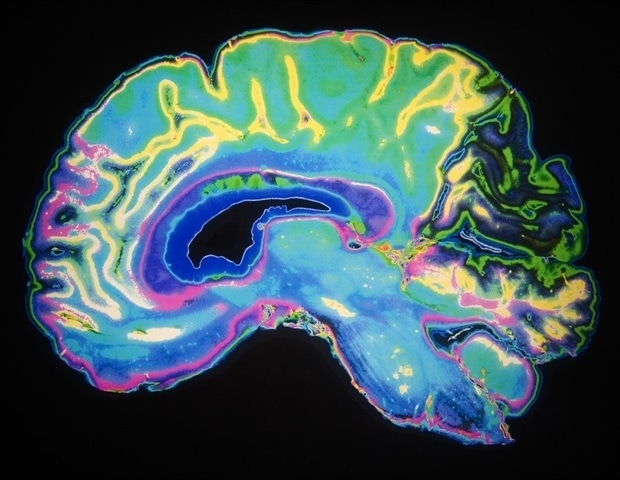Jiahe Zhang, PhD, of the Department of Psychiatry at Mass General Brigham, is the lead author of the paper published in Nature Neuroscience, “Cortical and subcortical mapping of the human allostatic-interoceptive system using 7…

Jiahe Zhang, PhD, of the Department of Psychiatry at Mass General Brigham, is the lead author of the paper published in Nature Neuroscience, “Cortical and subcortical mapping of the human allostatic-interoceptive system using 7…